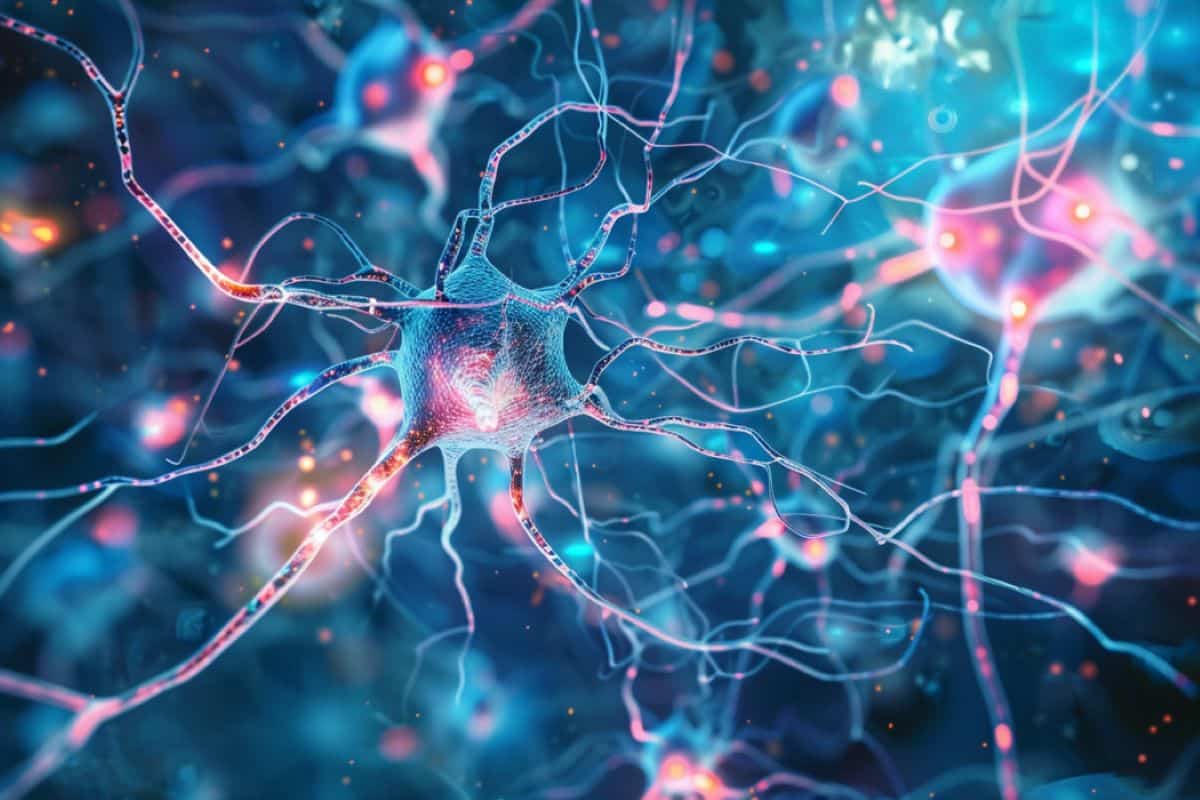Summary: Researchers have developed a brand new, totally automated prosthetic arm that learns throughout regular use and adapts to various circumstances.Source: Aalto UniversityAalto University doctoral candidate Dennis Yeung and his analysis group have developed and examined a brand new kind of expertise that allows higher compatibility between a prosthesis and the amputated space. The examine was carried out in cooperation with HUS (Helsinki University Hospital) and Imperial College London.People whose higher limb has been amputated can management the robotic prosthesis by contracting their remaining muscular tissues. The connection the place a prosthesis detects electrical alerts produced by the muscle is called a myoelectric interface. The most superior prostheses use machine studying algorithms that assist interpret these user-generated alerts.However, such connections are sometimes very delicate to exterior components, comparable to sweating, and develop into weaker over time.To resolve this downside, the analysis neighborhood has proposed numerous algorithms that would higher adapt to altering circumstances.Currently, current programs require changes or different measures from the consumer, however Yeung and his workforce developed a completely automated system that learns throughout regular use and thus adapts to various circumstances.“In this method, the consumer and the system study from one another concurrently. This has potential advantages in bettering the comfort and robustness of robotic prostheses,” Yeung says.More dependable prosthesesThe analysis outcomes had been examined in a digital atmosphere the place they had been in comparison with at the moment current programs. After these profitable assessments, the analysis workforce examined the consumer interface with a state-of-the-art prosthesis at Imperial College London by having an amputee conduct Clothespin Relocation Tests that are broadly utilized by physiotherapists to evaluate the perform of the higher limbs.A fashionable hand prosthesis managed through the activation of muscular tissues in the residual limb. Credit: Aalto UniversityAdaptive prosthetic gadgets are slightly costly. Improving the reliability of the programs reduces the monetary dangers for people and public well being establishments when acquiring prostheses.The performance of the system has been studied with managed and standardized assessments, however the wants of the customers can finest be decided with qualitative longitudinal research.“For future improvement, it is vitally essential to proceed cooperation with well being care facilities and prosthesis customers,” Yeung says.About this neuroprosthetics analysis newsAuthor: Press OfficeSource: Aalto UniversityContact: Press Office – Aalto UniversityPicture: The picture is credited to Aalto UniversityAuthentic Research: Open entry.“Co-adaptive management of bionic limbs through unsupervised adaptation of muscle synergies” by Dennis Yeung et al. IEEE Transactions on Biomedical EngineeringAbstractSee additionallyCo-adaptive management of bionic limbs through unsupervised adaptation of muscle synergiesObjective: In this work, we current a myoelectric interface that extracts pure motor synergies from multi-muscle alerts and adapts in real-time with new consumer inputs. With this unsupervised adaptive myocontrol (UAM) system, optimum synergies for management are repeatedly co-adapted with modifications in consumer motor management, or as a perform of perturbed circumstances through on-line non-negative matrix factorization guided by physiologically knowledgeable sparseness constraints in lieu of specific knowledge labelling.Methods: UAM was examined in a set of digital goal reaching duties accomplished by able-bodied and amputee topics. Tests had been carried out underneath normative and electrode perturbed circumstances to gauge management robustness with comparisons to non-adaptive and supervised adaptive myocontrol schemes. Furthermore, UAM was used to interface an amputee with a multi-functional powered hand prosthesis throughout standardized Clothespin Relocation Tests, additionally carried out in normative and perturbed circumstances.Results: In digital assessments, UAM successfully mitigated efficiency degradation brought on by electrode displacement, affording higher resilience over an current supervised adaptive system for amputee topics. Induced electrode shifts additionally had negligible impact on the actual world management efficiency of UAM with constant completion occasions (23.91±1.33 s) achieved throughout Clothespin Relocation Tests in the normative and electrode perturbed circumstances. Conclusion: UAM affords comparable robustness enhancements to current supervised adaptive myocontrol interfaces while offering further sensible benefits for medical deployment.Significance: The proposed system uniquely incorporates neuromuscular management rules with unsupervised on-line studying strategies and presents a working instance of a freely co-adaptive bionic interface.
https://neurosciencenews.com/learning-arm-prosthetics-20225/



